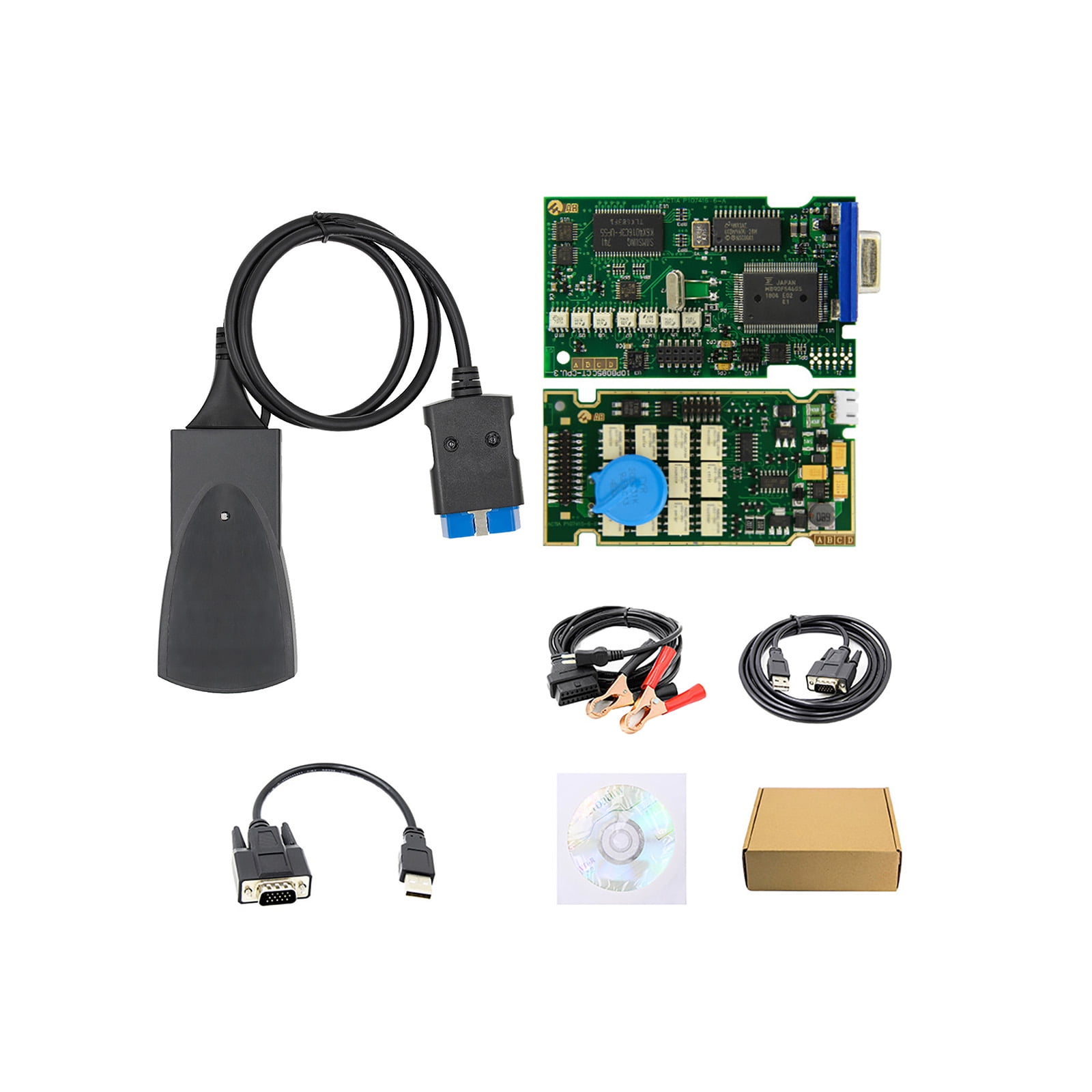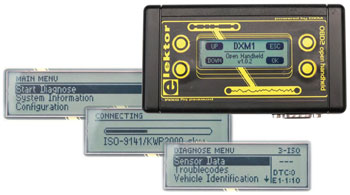

- #RASPBERRY PI OBD2 READER INSTALL#
- #RASPBERRY PI OBD2 READER UPDATE#
- #RASPBERRY PI OBD2 READER SOFTWARE#
- #RASPBERRY PI OBD2 READER BLUETOOTH#
Over the past 2 years, I've done a lot of work with CANbus, J1939 and OBD. I'm extremely new to raspberry pi, I have had an RPi3 for a long time, but it's only ever hosted an internal website for home use, nothing crazy. The best thing? The base model is only $20 $5!.ĭo you know a related subreddit? We'd love to know. Welcome to /r/raspberry_pi, a subreddit for discussing the raspberry pi credit card sized, ARM powered computer, and the glorious things we can do with it. Pi project ideas: There's a huge list right here on this sub! Use the Left and Right arrow keys to cycle through the gauge display.To exit the program just press Control and C or Alt and Esc.Friendly reminder: Please don't just post pictures of unused pis - do a project!Ĭomplete r/raspberry_pi Rules Check the FAQ and Helpdesk here
#RASPBERRY PI OBD2 READER BLUETOOTH#
Right click on your Bluetooth device to bring up Connect To: SPP Dev. Note: Click the Bluetooth icon, bottom right (Desktop) to configure your device. You should see the Notification "Serial port connected to /dev/rfcomm0" Pair + Trust your ELM327 Bluetooth Adapter and Connect To: SPP Dev.

Launch BlueZ, the Bluetooth stack for Linux. Finally turn your key to the ON position and navigate your head unit to Auxiliary input. 4.Install your 2A Car Supply / Switch or Micro USB Car Charger.Connect you RCA cable to the back of your aftermarket head unit and plug the other end into your Raspberry Pi. Insert the OBD-II Bluetooth adapter into the SAE J196216 (OBD Port) connector. Insert the USB Bluetooth dongle into the Raspberry Pi along with the SD card. The vehicle installation is quite simple.
#RASPBERRY PI OBD2 READER INSTALL#
# sudo apt-get install python-wxgtk2.8 python-wxtools wx2.8-i18n libwxgtk2.8-dev # sudo apt-get install bluetooth bluez-utils blueman Install these components using the command: # sudo apt-get install python-serial
#RASPBERRY PI OBD2 READER UPDATE#
Note: For the following command line instructions, do not type the '#', that is only to indicate that it is a command to enter.īefore proceeding, run: # sudo apt-get update We'll be doing this from a console cable connection, but you can just as easily do it from the direct HDMI/TV console or by SSH'ing in. The program will connect through the OBD-II interface, display the gauges available dependent on the particular vehicle and display real time engine data to the cars aftermarket head unit in an interactive GUI.īefore you start you will need a working install of Raspbian with network access.
#RASPBERRY PI OBD2 READER SOFTWARE#
I took a fork of pyOBD’s software from their GitHub repository,, and used this as the basis for my program. It will basically allow you to talk to your car's ECU, display fault codes, display measured values, read status tests, etc. It is designed to interface with low-cost ELM 32x OBD-II diagnostic interfaces such as ELM-USB. PyOBD (aka pyOBD-II or pyOBD2) is an open source OBD-II (SAE-J1979) compliant scantool software written entirely in Python. It has positions for 16 pins, and looks like this:

The OBD connector is officially called a SAE J1962 Diagnostic Connector, but is also known by DLC, OBD Port, or OBD connector. Vehicles that comply with the OBD-II standards will have a data connector within about 2 feet of the steering wheel. Now you can think of OBD-II as an on-board computer system that is responsible for monitoring your vehicle’s engine, transmission, and emissions control components. OBD stands for On-Board Diagnostics, and this standard connector has been mandated in the US since 1996.


 0 kommentar(er)
0 kommentar(er)
